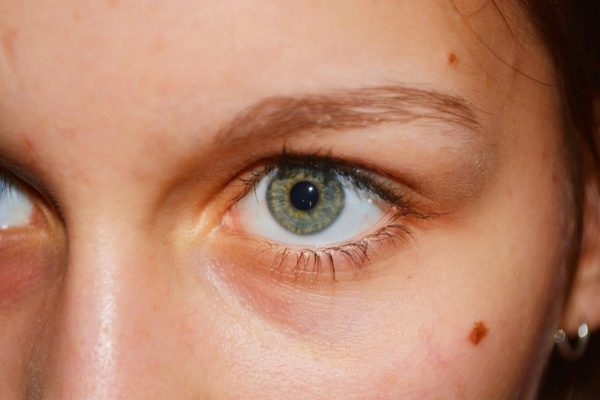The moles, on many occasions are very flirty and make us look good; Most of them accompany us from birth and others appear during childhood, but there may come a time when some could cause ailments and discomfort from skin conditions. Therefore, it is important that you know what care you should have if you have moles, so that you can pay attention to them, especially if they grow, change shape or appearance. Read on!

On the skin we find spots, generally brown, that can be confused with moles and are due to the accumulation of pigment cells (melanocytes). Some of those spots are known as freckles. These are frequent in people with fair complexions and increase in quantity and intensity of colour according to their exposure to the sun. Others are “lentigines”, very similar to freckles, which do not change their colour over time regardless of how much they are exposed to sunlight. Both types of spots are superficial, are located on the face or shoulders, and do not pose any health risk.
However, although the moles are also spots, their colour can vary (red, black, violet, blue) they can be flat or bulky, some even have hairs; They can be located in any area of the body and at any depth of the skin. The medical term used to refer to them is Melanocytic Nevus.
Most nevi can be harmless (benign); However, some of them can be melanomas (malignant tumours in the skin), therefore, to detect them in time, it is necessary to observe their behaviour, if there is any change in size, colour and shape, and if there is pain, itching or secretions.
The care you should have if you have moles are so important because, as the dermato-oncologist Rodrigo Schwartz points out, approximately 40% of malignant melanomas appear on a pre-existing mole. The precautions to be taken with regard to moles, as with the rest of the skin, is exposure to the sun. According to Dr. Schwartz, ultraviolet (UV) rays are causing damage that accumulates in the skin cells, making it more prone to pre-cancerous lesions and probably skin cancer. Let’s see some recommendations:
- Avoid exposing yourself to the sun during the hours of greatest ultraviolet radiation.
- Protecting yourself from the sun at all times is essential, so look for places where you can be in the shade of trees or a roof. Wide-brimmed hats and UV-protected lenses can also be your great allies when you’re out in the sun.
- In the areas of the skin exposed to the sun, apply sunscreen with factor 30 or more, without leaving any area of skin without applying the protective lotion. Remember to apply 20 minutes before sun exposure and reapply every two hours or when leaving the pool or beach.
- On cloudy days or winter you should also protect yourself from the sun, as surfaces such as snow, sand and water reflect solar radiation.
- In the case of children, extreme precautions must be taken, since the smallest ones, if exposed to the sun, have more moles.
- You must observe your moles very well and be very attentive to the signs of changes. It is very important to regularly do a self-examination, looking at your moles in front of the mirror, and perform the ABCDE test for melanoma, this consists of paying attention to five warning signs of moles:
- Asymmetry: that it grows more in some areas than in another.
- Edge: it has irregular edges.
- Colour: Has colour changes on the mole or has unusual colours.
- Diameter: it is greater than 6 millimetres wide.
- Evolution: growing very quickly or a new mole in a person over 30 years old.
In case of showing any abnormality such as those mentioned above, it is recommended to consult a dermatologist to make the respective diagnosis. The evaluation of a specialist allows to rule out the presence of tumours in the skin, as well as to remove moles that are not aesthetic.
Depending on the characteristics of the mole, dermatologists resort to different procedures to remove them, one of them is the so-called “shaving” which consists of partially removing the mole using a scalpel and local anaesthesia. Laser cauterization is also used, which is used to completely remove the mole.
To avoid unpleasant and distressing moments when it comes to your health, do not forget the care you should have if you have moles, so that you can continue to look and enjoy that fascinating and unique appearance that your freckles and moles provide you, without worries.
This article is informative and is not intended to serve as a diagnosis, prescription or treatment of any type of ailment. This information is not a substitute for consulting a doctor, specialist or health professional.




ALFA